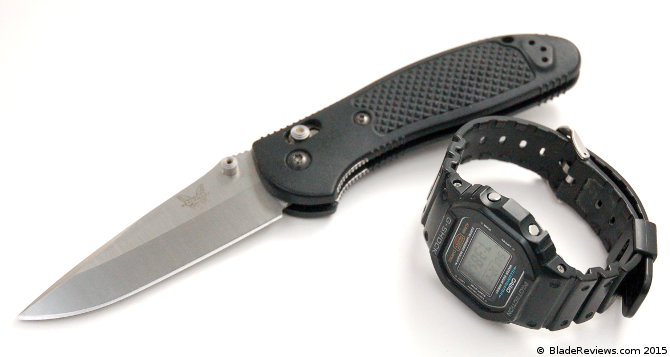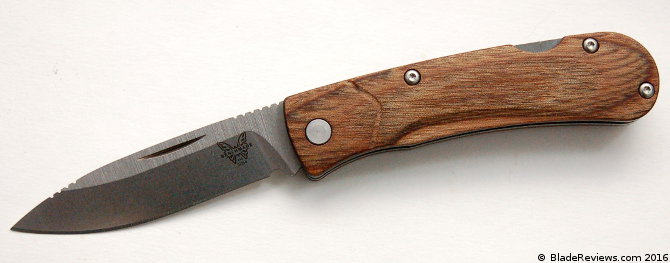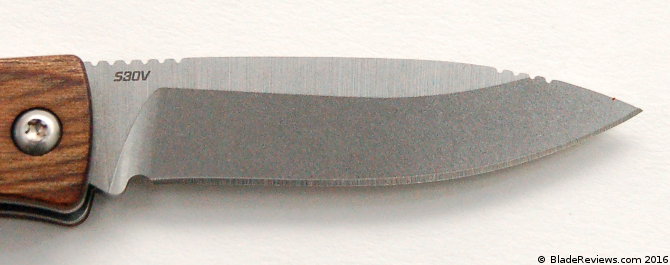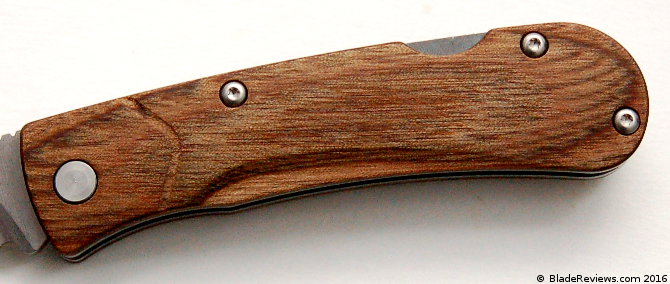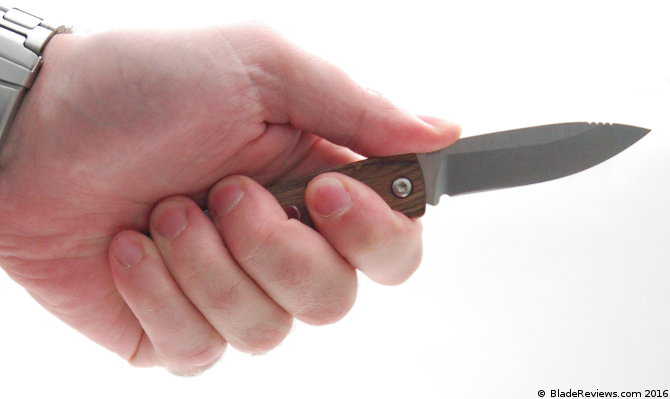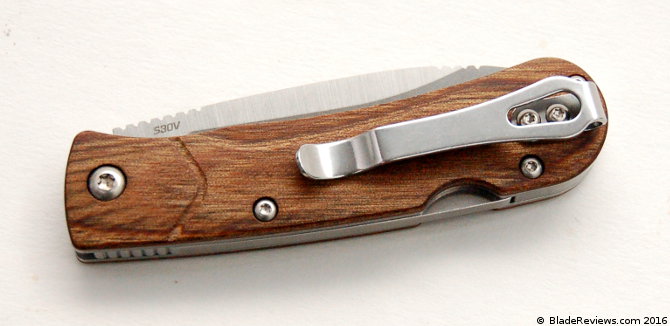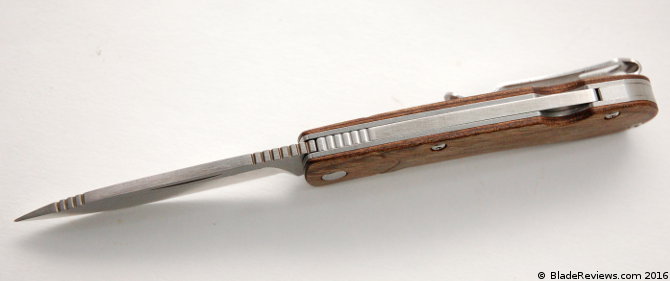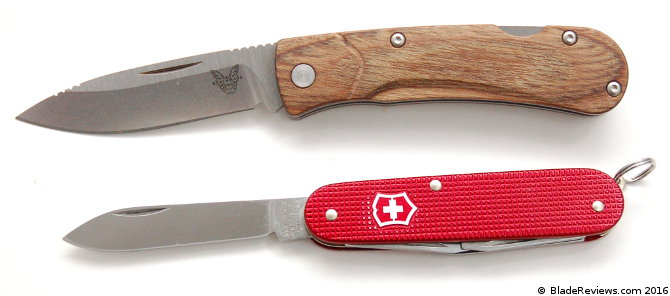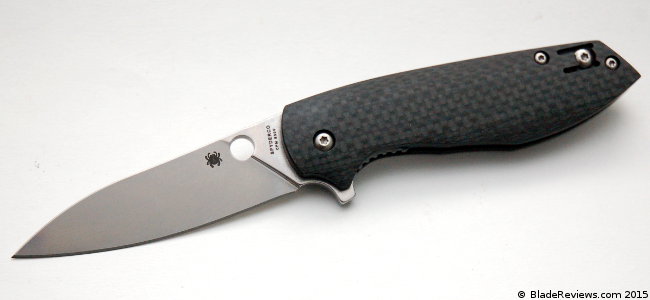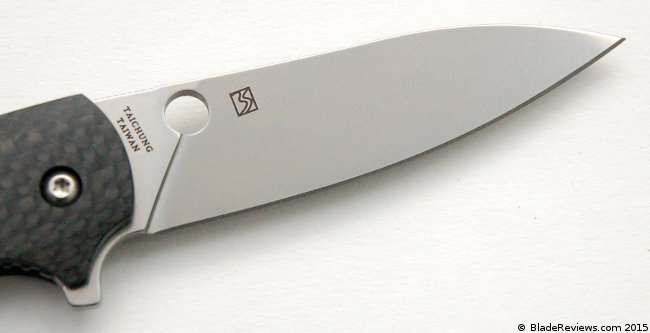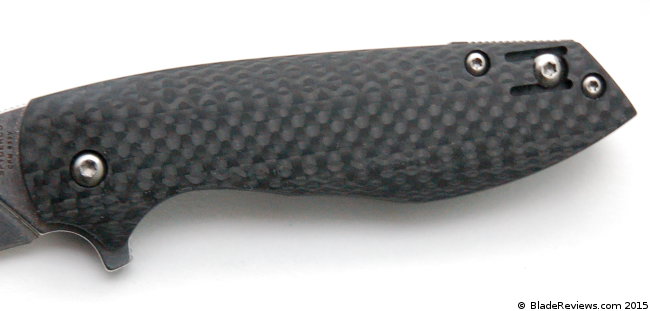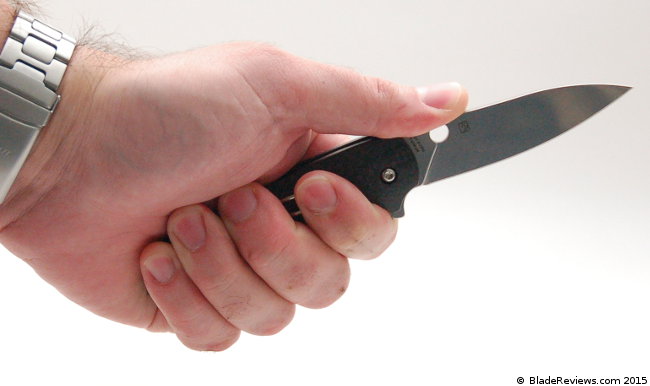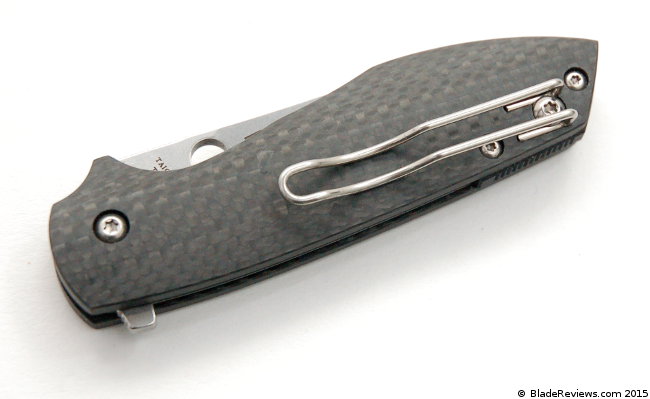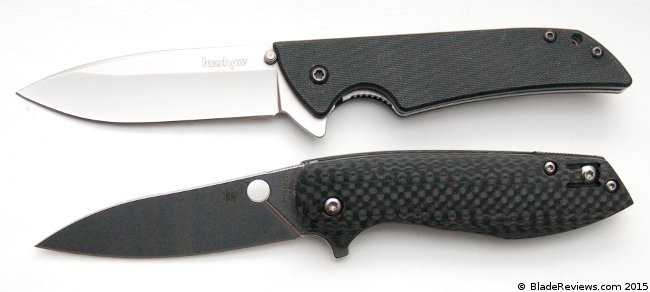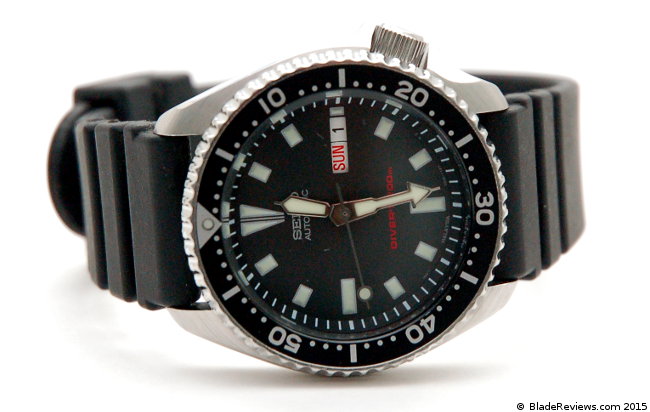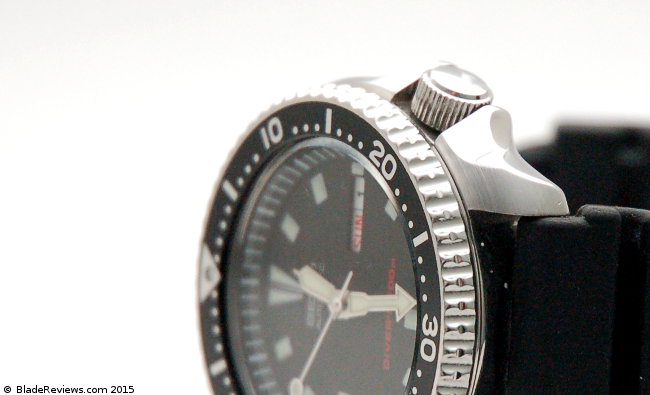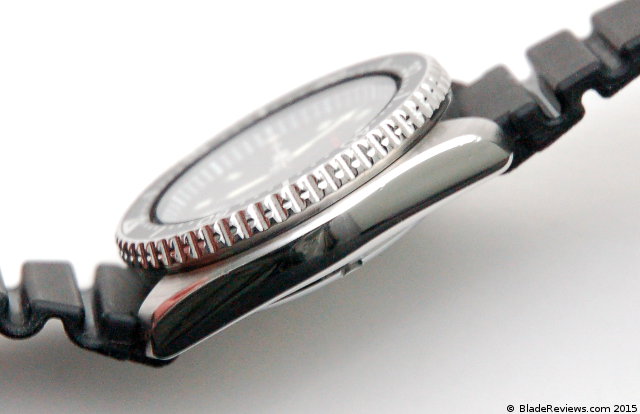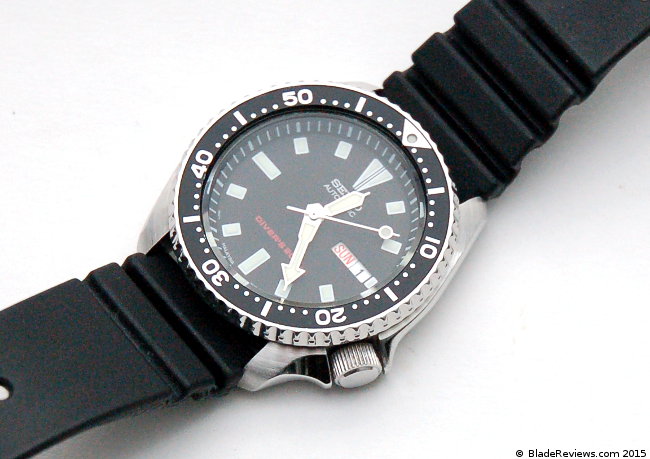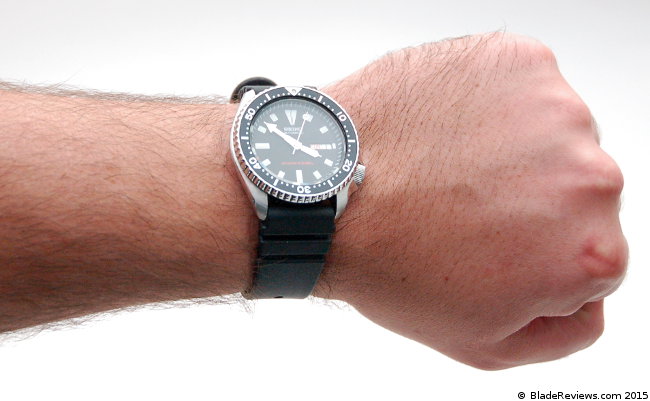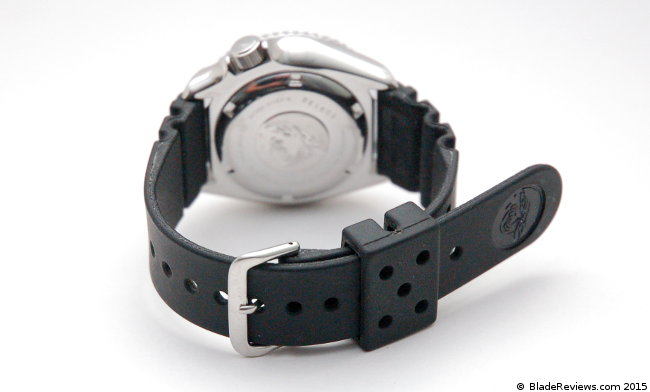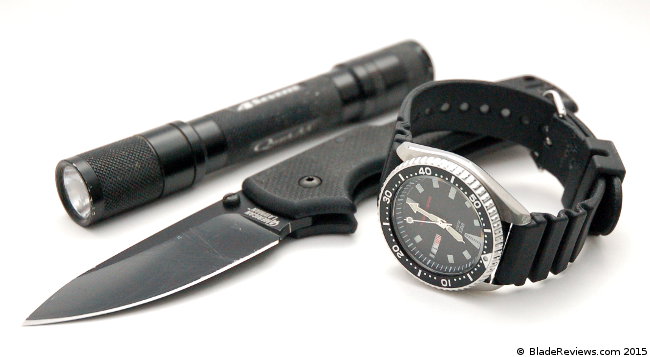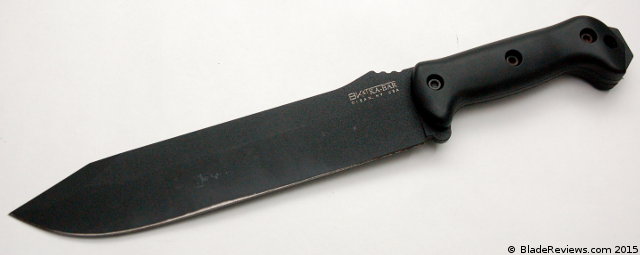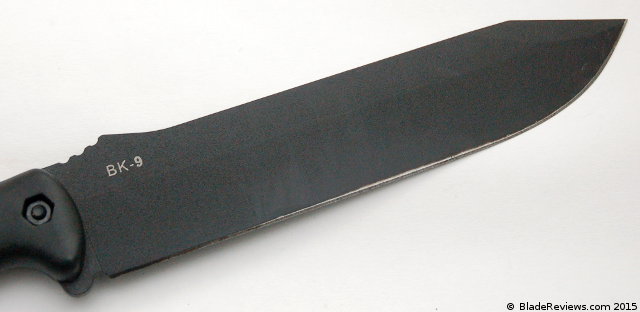After I destroyed my Seiko SKX173 digging a ditch in my back yard, I found myself without a watch. I was not in a place financially where I could replace it with another automatic, and the thought of getting it fixed did not cross my mind. So the only thing to do was to find something cheap to replace it – and to replace it fast.
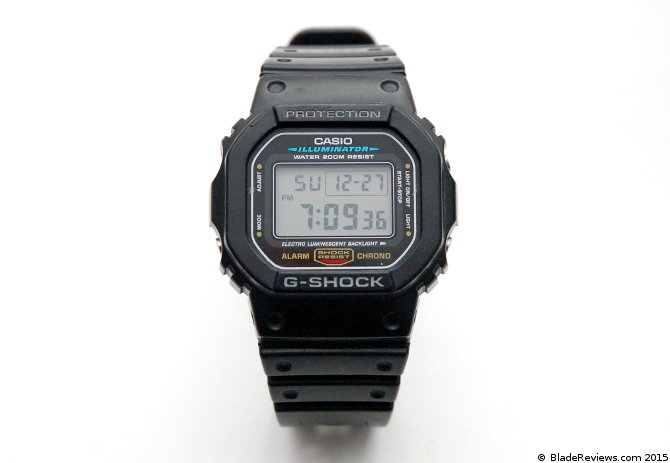
Buy the Casio DW-5600E at Jomashop
Like many Americans, I found myself browsing the aisles of Wal-Mart. Moments later I walked away with a Casio G-Shock DW-5600E strapped to my wrist. I knew that G-Shocks were supposed to be tough, and for $40 I could swing the purchase. That was the extent of my pre-purchase research. Oddly enough I also bought my first knife at Wal-Mart with no research.
The DW-5600E ended up being my daily wear watch for the next 3 years. I eventually got my SKX173 fixed, but the DW5600E stayed on my wrist 95% of the time. I eventually upgraded to something cooler (and 50x more expensive), but I still use my DW-5600E to time my laps at the swimming pool and for dirty jobs.
Case and Movement
The DW-5600E has a 42.8mm wide case, is 13.4mm thick, weighs 54g/1.9 ounces, and is made in China. I would say it wears small thanks to the rectangular design. Casio originally developed the G-Shock series in the 80s, with the goal of creating a heavy duty, water resistant watch with excellent shock resistance (G-Shock is actually short for “Gravity-Shock”). They ended up creating a modular digital quartz watch with a polymer cushioned case that has since spawned hundreds of iterations. Even the average lay-person can identify a G-shock, so to say the result was successful would be a massive understatement.
Personally, I have beat on this watch for years without a second thought. Whenever I am testing a large fixed blade knife, or doing something stupid, I choose the Dw-5600. It hasn’t failed me yet and I’ve owned the watch for years. The shock resistance Casio advertises is no joke. I have had cheaper quartz watches that fell apart.
The DW-5600E is currently Casio’s most basic model in the series. The 3229 module is the heart of the DW-5600E. I am not going to claim to be an expert on quartz digital movements. I will point you to Casio’s user’s manual for the 3329 if you want to know the ins and outs of the features and how to operate them. From what I can tell, my watch has kept great time.
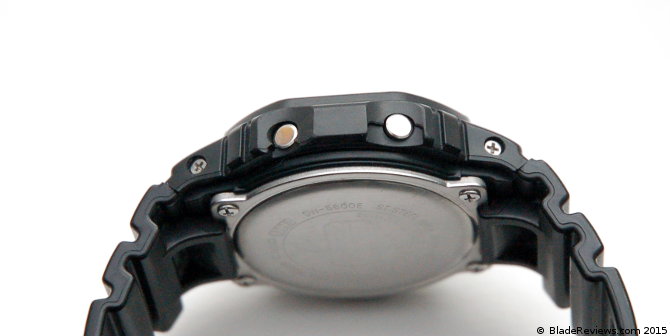
The DW-5600E is powered by a CR2016 lithium battery, and Casio says that it should last for 2 years if you use the backlight and alarm once a day. I use mine less than that and the watch has been going strong for 3-4 years now without need for a new battery.
Rounding things out case back that is held down with 4 Phillips screws. This is to be distinguished from a screw down case back. The original DW-5600C came with a full steel case and screw down case back (making it uber desirable among G-Shock collectors). While the current iteration is less robust, it’s still good for 200M of water resistance and has held up great for me.
Dial and Bezel
This is a no-frills watch, but still offers a staggering number of features, including a timer, stopwatch, alarm, calendar, and illumination. Everything is clearly laid out on the dial, and you press one of the 4 buttons on the case to rotate through the functions. I use the watch and calendar functions on a daily basis, and find the stopwatch handy for timing laps in the swimming pool or sets in the gym.
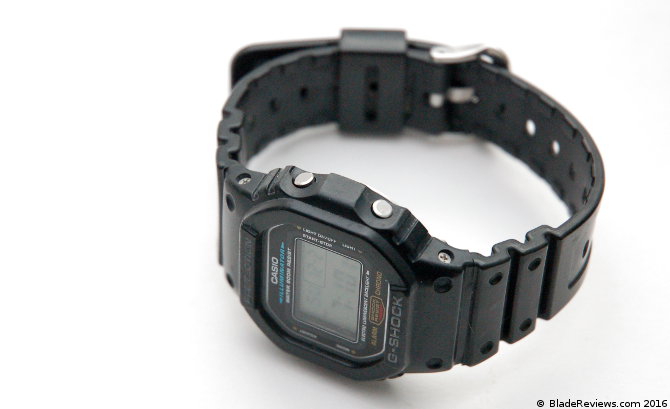
Using the watch is intuitive. I am not going waste your time by trying to explain the feature set of the 3229 in great detail (read the user manual for that). The digital read out is legible, and it’s easy to cycle through the functions and manipulate the watch. The electro luminescent (EL) backlight works well and elicits a soft blue glow.
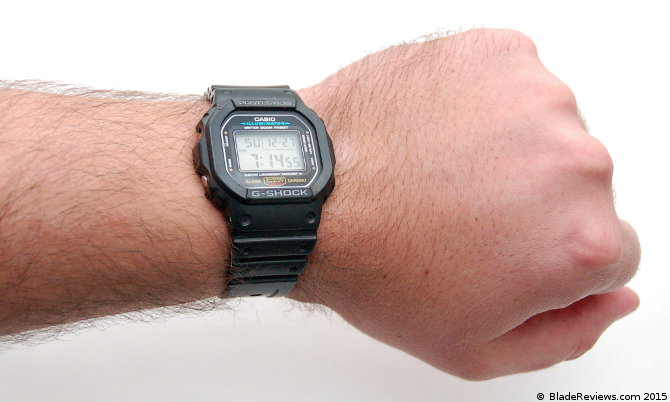
The LCD is covered by a mineral crystal. I have not had any chips or scratches on my crystal, thanks in large part to the protruding plastic bezel. While it doesn’t rotate and click like a dive watch, it does say “G-SHOCK PROTECTION” on it and soak up bumps and scrapes.
Strap and On the Wrist
The Dw-5600E comes with a removable polymer strap. The watch is designed so that the strap looks integrated, but if you wear it out it is easily replaced with a spring bar tool. Like the rest of the watch, the strap is practical. The strap is secured with a stainless steel buckle and polymer strap keeper.
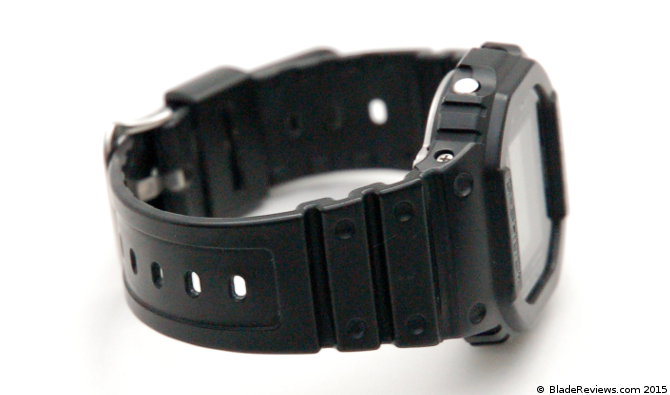
I find the DW-5600E to be a fantastically comfortable watch. It is lightweight and since it is on a strap rather than a bracelet, adjusting the watch for a perfect fit is easy. Being a sport watch, it’s chunky, but it does fit underneath the collar of a dress shirt, if you are as sartorially clueless as I am.
I paired my 5600 with a Benchmade Griptilian, as both are polymer clad utilitarian objects.
Casio DW-5600E Review – Final Thoughts
For less than $50, the DW-5600E is an impressive piece of hardware. I wore mine with impunity for years and it has performed flawlessly. Although I have since moved on to fancier mechanical watches for daily wear, I still use my DW-5600 regularly – especially for the gym, working in the yard, and for other dirty jobs. It is a perfect beater watch.
Although this is considered an entry level G-Shock, it has everything I need and should work well for most people. I am not a huge fan of the oversized G-shocks, and I think that the beauty of the 5600E lies in its simplicity. It is a lightweight and rugged watch that is ready for work. It also represents great value for money.
I recommend it with confidence if you need an inexpensive, practical and tough watch.
- Black resin sport watch featuring shock resistance, comfortable resin strap, and multi-function rectangular dial
- Quartz digital movement with accuracy of +/- 15 seconds per month
- To prevent accidental adjusting of settings,the top left button on this watch is designed to be pushed in further.
- Functions include multi-function alarm, 1/100-second stopwatch, countdown timer, hourly time signal, auto calendar, and 12- and 24-hour formats
- Water resistant to 660 feet (200 M): suitable for recreational scuba diving
If you would like to buy a Casio DW-5600E, I recommend purchasing it at Amazon.com or Jomashop. Please consider that buying anything through any of the links on this website helps support BladeReviews.com, and keeps the site going. As always, any and all support is greatly appreciated. Thank you very much.
